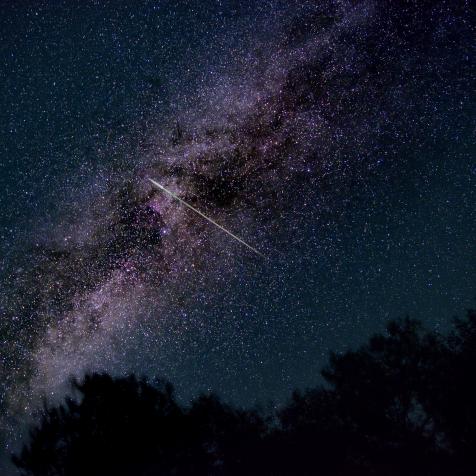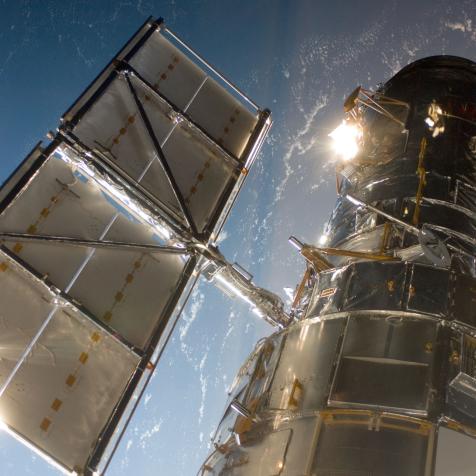
MARK GARLICK/SCIENCE PHOTO LIBRARY
Life on Venus… Maybe Not So Lively

All planets with evidence of life please take a step forward. Not so fast, Venus.
A few weeks ago the astronomy world was rocked by the announcement of the discovery of phosphine in the atmosphere of Venus. For the uninitiated, phosphine is one atom of phosphorus bound to three atoms of oxygen, and while stinky, it's relatively unexciting. However (and this is why anybody cares, at all), under normal conditions (as in, not the inside of a giant planet with all the crazy-high temperatures and pressures), the only thing that makes phosphine in any considerable quantity is anaerobic bacteria.
You know, life.
So phosphorus in the clouds of Venus was promoted as a potential sign of life, which is quite a surprise given that Earth’s sister is a roasting hellscape of rocks and pain. That would be a big deal, if the results held up.
It doesn’t seem that the results are holding up.
It now looks like there may not be any phosphine at all in the atmosphere of Venus, and that the original results were more a case of wishful thinking than careful science, according to a recent study.
To explain what’s going on, we have to talk about spectra. I know, I know, but welcome to astronomy.
If you shoot a beam of light into a prism and enjoy the resulting rainbow, you’re looking at a (rudimentary) spectrum–you’re looking at what the beam of light is made of. So many blues, so many greens, so many reds, and so on.
We can use spectra like this to tell what things are made of in space, because elements and molecules leave their own particular fingerprints in the spectrum. For example, if you’ve ever wondered why the grass is green, it’s because chlorophyll (the little chemical engine that converts sunlight into food) has a strong green fingerprint in the spectrum of sunlight reflected off a plant.
It’s through looking at the spectrum of sunlight bouncing off Venus that the original astronomers said that the planet has phosphine, because they thought they saw the distinct fingerprint of that molecule in the spectrum.
Slam dunk, right?
Well, one of the issues is that another molecule, sulfur dioxide, has a very, very similar fingerprint. It’s so similar to the fingerprint of phosphine that the original data couldn’t convincingly distinguish the two, as argued by the new study. So what the original group claimed was exotic, unexpected, signs-of-life phosphine could really be boring, dull, lifeless sulfur dioxide.
More About Venus
When Was There Life on Venus?
What we have is a cosmic whodunit. Venus, the second planet from the sun and considered by the more romantic types as "Earth's twin" and the avatar of love, is dead.
Venus the Temperate, Earth’s "Twisted Sister"
A new study gives insight into Venus' climatic history.
Is There Life on Venus? Something Smells Fishy…
Does the presence of a stinky gas mean there was once life on Venus?
The second issue has to do with how fantastically bright Venus is. It’s the brightest object in the sky after the sun and moon, and our sensitive astronomical instruments are usually more tuned to distant, faint sources. Ironically, it’s harder to observe Venus with state of the art observatories than it is, say, a distant galaxy on the other side of the universe.
All that brightness means a flood of light that causes a heck of a lot of noise in the spectrum. You have to be extremely careful when filtering out that noise, however, because you don’t know ahead of time what’s useful data telling you about molecular fingerprints, and what’s useless junk.
The new study points out that the original analysis of the spectrum of Venus included a lot of…well, let’s just call it wishful thinking, where their chosen technique to remove the noise made a phosphine signal appear where there really isn’t one.
In the end we’ll need more data to settle the score, but in the meantime, we can probably put to rest any dreams of shaking hands with our planetary neighbors (not that you’d want to ever visit Venus in the first place, but that’s a different story).






















